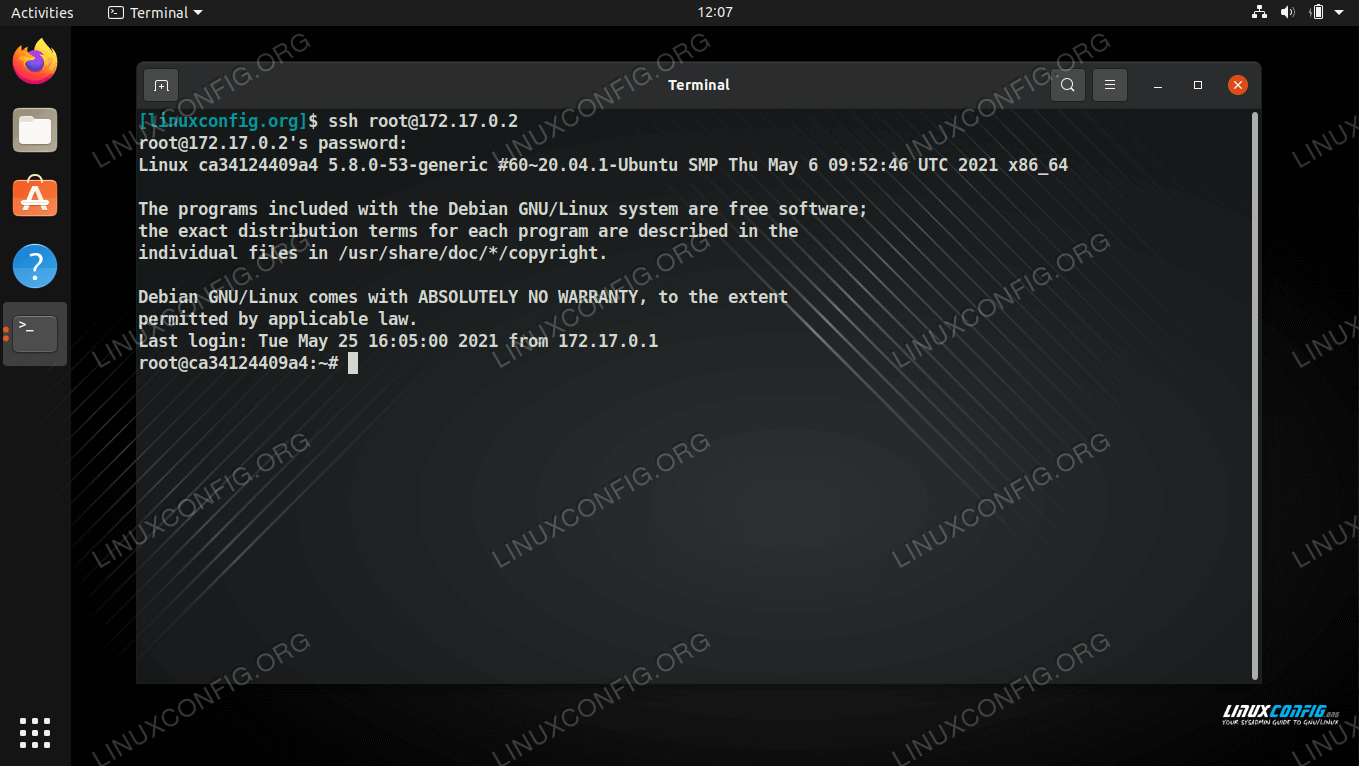

disable-cache dont use cache, and dont create cache C, -containall contain not only file systems, but also PID, IPC, and environment tmp and $HOME) instead of sharing filesystems from your host c, -contain use minimal /dev and empty other directories (e.g. e, -cleanenv clean environment before running container

Multiple bind paths can be given by a comma separated list. Mount options ('opts') may be specified as 'ro' (read-only) or 'rw' (read/write, which is the default). If dest is not given, it is set equal to src. spec has the format src], where src and dest are outside and inside paths. B, -bind strings a user-bind path specification. apply-cgroups string apply cgroups from file for container processes (root only) app string set an application to run inside a container allow-setuid allow setuid binaries in container (root only) add-caps string a comma separated capability list to add Oras://* A container hosted on a supporting OCI registry Shub://* A container hosted on Singularity Hub (See the instance command group.) library://* A container hosted on a Library (default )ĭocker://* A container hosted on Docker Hub instance://* A local running instance of a container. Directory containing a valid root file system and optionally Singularity meta-data. Singularity run accepts the following container formats: All arguments following the container name will be passed

If the file is present (andĮxecutable) then this command will execute that file within the containerĪutomatically. The container that contains shell commands.
DOCKER RUN AS ROOT PASSWORD
You should see that the root password is hashed ( Figure B).This command will launch a Singularity container and execute a runscript Issue the command: cat /etc/shadow | grep root You'll find yourself inside the newly deployed container. Where NEW_IMAGE_NAME is the new name for the image. In order to see if this worked, deploy a new container with the new image, like so: docker run -it NEW_IMAGE_NAME
DOCKER RUN AS ROOT FULL
You don't have to use the full container ID, just the first four characters will suffice. If you're unsure of what the ID is, issue the command docker ps -a. Where CONTAINER_ID is the ID of the container for which you changed the root password, and NEW_IMAGE_NAME is a unique name for the new image. To commit our change issue the command: docker commit CONTAINER_ID NEW_IMAGE_NAME Committing the changeīack at your regular bash prompt (outside of the container), you have to commit the change to the image (otherwise you'll just deploy more containers with the same lack of password). When that completes, you can issue the cat /etc/shadow | grep root command to see the root user now has a hashed password. When prompted, type and verify a new password for the root user. I will assume you already have Docker up and running. You should be able to do this with any of the official Linux distribution images from DockerHub (or any you created on your own). I'll demonstrate with the official CentOS image. To that end, I want to show you how you can change the root password on an running container and then commit that change the image.
DOCKER RUN AS ROOT WINDOWS 10
SEE: Windows 10 security: A guide for business leaders (TechRepublic Premium) However, if you plan on doing a lot of in-house development, you certainly don't want to base those containers on images with weak security. It can be tricky, because some images depend on a set password for the root user. While this may not be the best solution for every container you work with, it is possible to change a root user password on an image.

Online privacy: DuckDuckGo just finished a banner year and looks for an even better 2022.


 0 kommentar(er)
0 kommentar(er)
